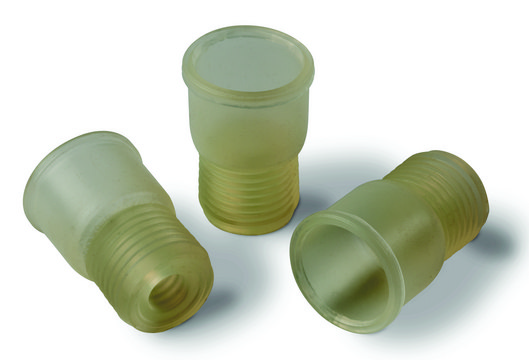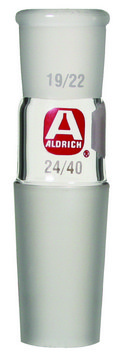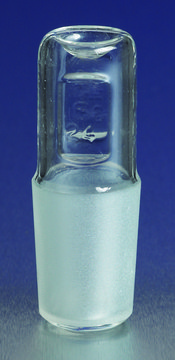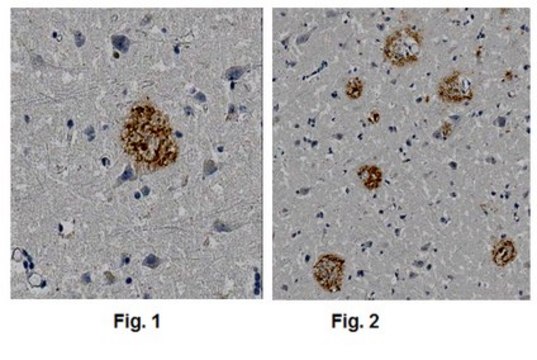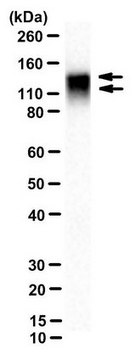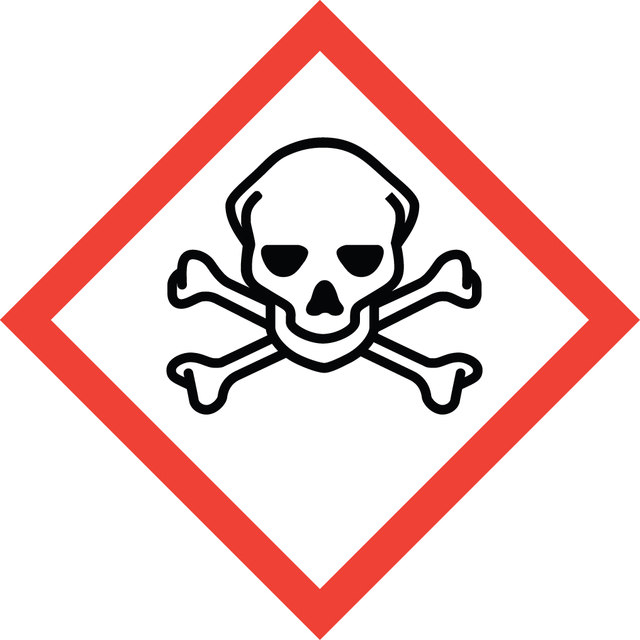MABN639
Anti-Beta (β)-Amyloid antibody
mouse monoclonal, 1E8
Synonym(s):
Amyloid beta A4 protein, ABPP, APPI, APP, Alzheimer disease amyloid protein, Cerebral vascular amyloid peptide, CVAP, PreA4, Protease nexin-II, PN-II
About This Item
Recommended Products
Product Name
Anti-Amyloid βA4, clone 1E8 (Amino Terminus) Antibody, clone 1E8, 1 mg/mL, from mouse
biological source
mouse
Quality Level
antibody form
affinity purified immunoglobulin
antibody product type
primary antibodies
clone
1E8, monoclonal
purified by
affinity chromatography
species reactivity
human
concentration
1 mg/mL
technique(s)
immunohistochemistry: suitable
immunoprecipitation (IP): suitable
western blot: suitable
1 of 4
This Item | MABN2273 | MABN2295 | ABN240 |
|---|---|---|---|
| Gene Information human ... APP(351) | Gene Information human ... APP(351) | Gene Information human ... APP(351) | Gene Information human ... APP(351) |
| biological source mouse | biological source rat | biological source rat | biological source rabbit |
| clone 1E8, monoclonal | clone 2D8, monoclonal | clone 2E9, monoclonal | clone polyclonal |
| species reactivity human | species reactivity mouse, human | species reactivity mouse, human | species reactivity human |
| antibody form affinity purified immunoglobulin | antibody form purified antibody | antibody form purified antibody | antibody form affinity isolated antibody |
| Quality Level 100 | Quality Level 100 | Quality Level 100 | Quality Level 100 |
General description
Specificity
Immunogen
Application
Western Blotting Analysis: A representative lot was used to detect Amyloid βA4 in Western Blotting. (Wiltfang, et al. 2001; Serneels, et al. 2009; Maler, et al. 2007).
Immunoprecipitation Analysis: A representative lot was used to detect Amyloid βA4 in Immunoprecipitation. (Wiltfang, et al. 2001; Maler, et al. 2007).
Neuroscience
Neurodegenerative Diseases
Quality
Western Blotting Analysis: A 1:1,000 dilution of this antibody detected Amyloid βA4 in human Alzheimer′s brain tissue lysate.
Target description
Physical form
Storage and Stability
Avoid repeated freeze / thaw cycles.
Disclaimer
Not finding the right product?
Try our Product Selector Tool.
signalword
Danger
hcodes
Hazard Classifications
Acute Tox. 3 Dermal - Acute Tox. 4 Inhalation - Acute Tox. 4 Oral - Aquatic Chronic 3
Storage Class
6.1C - Combustible acute toxic Cat.3 / toxic compounds or compounds which causing chronic effects
wgk_germany
WGK 1
Certificates of Analysis (COA)
Search for Certificates of Analysis (COA) by entering the products Lot/Batch Number. Lot and Batch Numbers can be found on a product’s label following the words ‘Lot’ or ‘Batch’.
Already Own This Product?
Find documentation for the products that you have recently purchased in the Document Library.
Our team of scientists has experience in all areas of research including Life Science, Material Science, Chemical Synthesis, Chromatography, Analytical and many others.
Contact Technical Service


